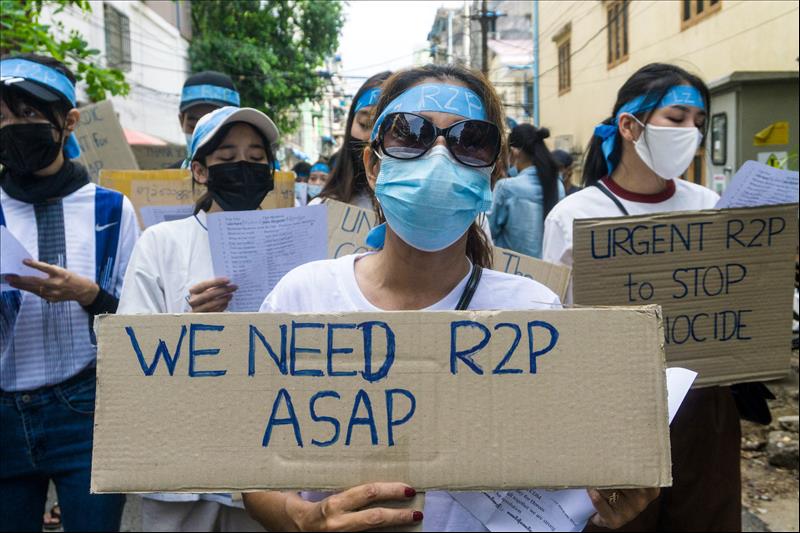
Why Aid Workers Need More Personal Security Training
That said, when taking their self-sacrifice for granted, one should not lose sight of the fact that these people are in no less need of protection.
Alas, the grim statistics are testament to that. On November 13, UN offices around the globe lowered their flags to mourn 102 aid workers killed in the current Israeli-Hamas conflict.
Last year, a total of 235 attacks occurred in three dozen countries, which resulted in more than 400 humanitarian workers harmed, including 116 killed. South Sudan accounted for the highest casualty count, followed by Mali, Myanmar, and the Democratic Republic of Congo.
What is the solution?The truth is that security risks can be prepared for, mitigated, and even avoided. To this end, the solution should involve state actors, non-state actors, humanitarian organizations, and donors, said Sophie Buur, a security professional in the humanitarian sector and head of training at the security provider Dyami.
“State and non-state actors need to better understand, respect, and uphold international humanitarian law,” Buur told this author, citing the Geneva Conventions.
According to that document, the law“provides protection for relief actions, in that parties to a conflict shall allow and facilitate rapid and unimpeded passage of all relief consignments, equipment and personnel” and requires parties to a conflict“to respect and protect personnel participating in relief actions.”

Legal Disclaimer:
MENAFN provides the
information “as is” without warranty of any kind. We do not accept
any responsibility or liability for the accuracy, content, images,
videos, licenses, completeness, legality, or reliability of the information
contained in this article. If you have any complaints or copyright
issues related to this article, kindly contact the provider above.

























Comments
No comment